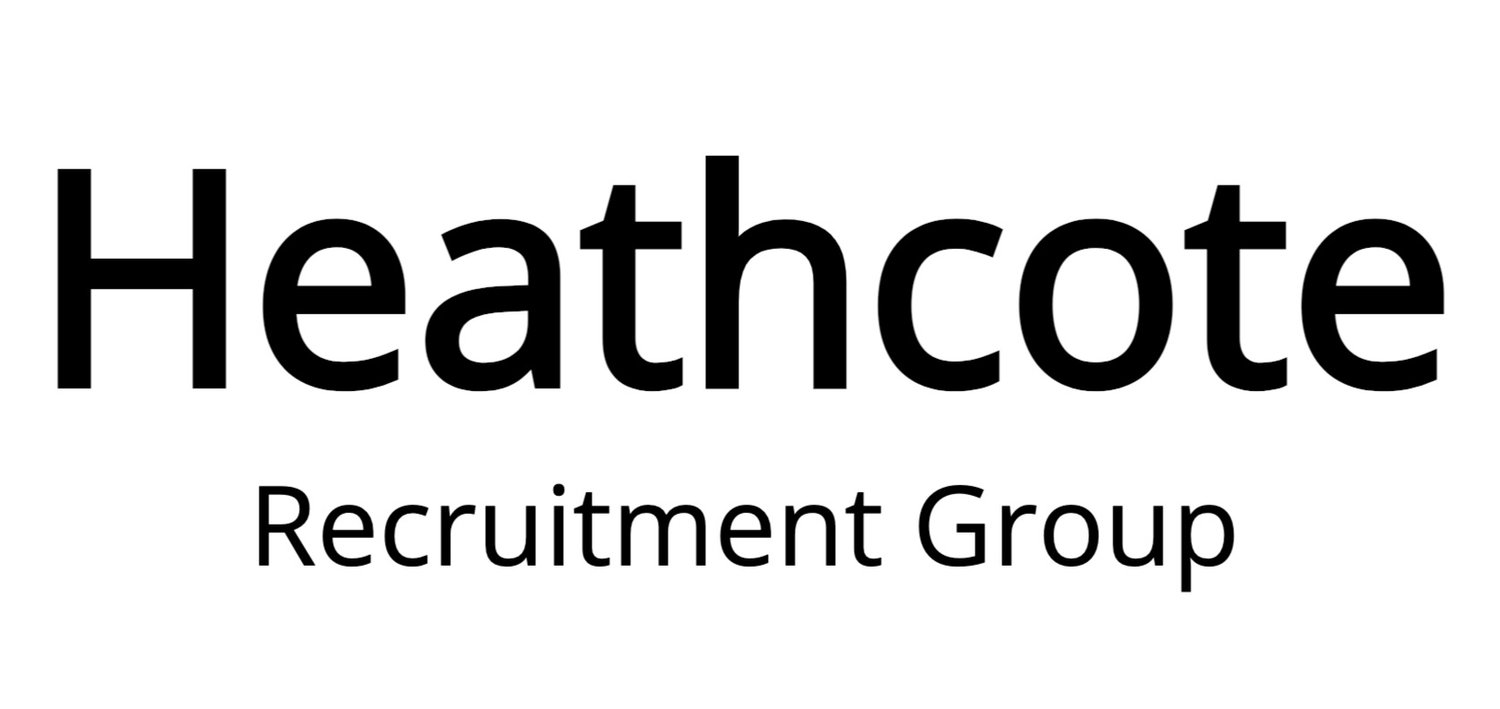Whilst monitoring career progress has always been a useful reference tool for both employee and employer, the advancement of digital technologies in recent years has significantly transformed the way that individuals and teams can impact business change.
As a result of this continuously accelerating pace of development, a new heightened level of organisational agility is not only desirable, but critical to survival in a growing number of industries. Employees with the highest levels of digital skill will be instrumental in a helping a business to stay flexible and ultimately to prosper. However, the methods of highlighting and managing the best talent are often lagging way behind.
Could employee mental health improve?
It’s no wonder then that some of the largest digital organisations, such as Microsoft, Accenture and Adobe are embracing more regular and informal performance management. In 2015, the Wall Street Journal even reported on how this could improve employee mental health as well as recognition. It seems that reviewing what staff did a year ago (or even six months ago in some cases) is simply not efficient enough in the context of the change which the business needs to master.
Performance management therefore needs to allow for more responsive behaviour changes by employees. By facilitating smaller course changes more often, a higher rate of return is more likely. Deloitte famously discovered that two million management hours annually were being spent assessing staff performance and discussing the outputs of the process. Yet, the majority of staff felt that the results gained by conducting these reviews didn’t match the hours put in.
Deloitte have instead moved to a system that involves regularly asking team leaders about their future actions related to particular team members, helping to ensure consistency. When combined with what they call frequent ‘check-ins’, employee work and productive behaviour can be better supported, ensuring greater clarity, alignment and employee engagement.
Try OKRs instead
A number of other high profile businesses including Google, LinkedIn, Oracle, Twitter and The Guardian have moved to a system of OKRs, or Objectives and Key Results. This methodology for connecting company, team and individual goals and measurable results was originally introduced at Intel in the 1970s. The system involves setting quarterly measurable, definitive objectives at a company, team and individual level, and then supporting those objectives with quantifiable key results, against which performance is measured.
OKRs are often made transparent (at Google for example, everyone’s OKRs from Larry Page the CEO down are available to see on the internal directory) but provide a clear directional focus and expectations, ensure alignment at every level, and a high level of awareness of what others’ priorities are. This brings greater empathy and understanding for individual or team priorities, and giving focus to how an individual might make their own priorities align with someone else’s in order to get stuff done.
Ultimately, whatever performance review methods are implemented within your business, it’s important to keep agile. Reviews should be regular, clear, simple and time-efficient to get the best out of your staff.
This blog entry was adapted by an original post by Neil Perkin at Only Dead Fish.

